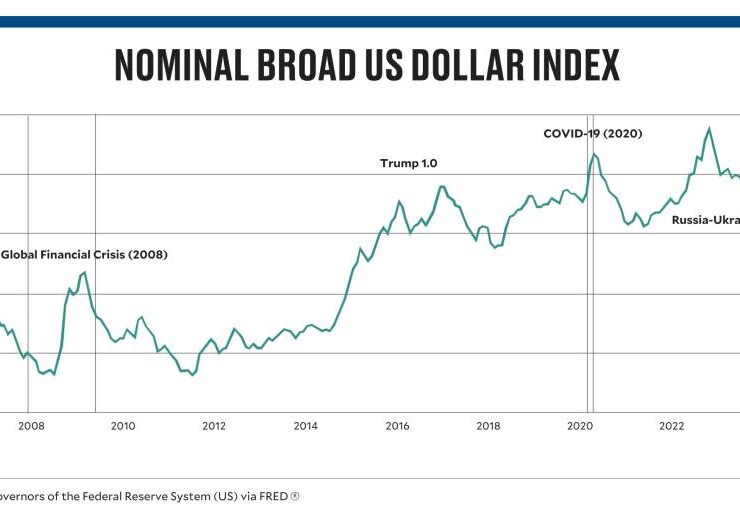Why it’s still a buy on dips, sell on rallies market

The stock market has performed strongly the past month and a half. After a steep sell-off triggered by President Trump’s announcement of reciprocal tariffs, the stock market regained all its losses since April 2 or Liberation Day.
The rally was largely driven by Trump’s decision to significantly scale back tariffs. Recall that on April 9, Trump suspended tariffs for 90 days on countries that did not retaliate, lowering their rates to a baseline of 10 percent. On May 12, US and China both rolled back tariffs, with the US cutting tariffs on Chinese goods from 145 percent to 30 percent, and China cutting retaliatory tariffs from 125 percent to 10 percent, also for 90 days.
Here at home, the prospect of more rate cuts added fuel to the rally. Recall that April inflation fell to just 1.4 percent from 1.8 percent in March. It was also below consensus forecast. Meanwhile, first quarter gross domestic product came in at 5.4 percent. Although it was below consensus forecast of 5.8 percent, slower economic growth combined with falling inflation increase the likelihood that the BSP will resume with its easing cycle.
Despite the bounce, caution is still warranted.
The economic outlook of the US remains uncertain. Even with the tariff rollback, the US’ baseline tariff rate remains high at 10 percent, compared to just 3 percent before Trump’s second term. This continued burden on consumers reduces their spending power and limits growth.
Moreover, the tariff truce is temporary, lasting only 90 days. Nobody knows what will happen after the 90-day pause–if rates will be raised again or kept at the baseline level. This uncertainty is expected to discourage businesses from expanding their operations and hiring more employees, at least in the near term.
Consumers are also distressed given the weakening job market. This is evidenced by rising credit card and auto loan default rates that are now at global financial crisis levels, and deteriorating consumer sentiment.
Interest rates also remain a key drag. The federal funds rate continues to hover at 4.25 percent to 4.5 percent, and the Fed could remain on hold until September given lingering inflation concerns. Bond rates in the secondary market are also climbing due to concerns about the federal government’s budget deficit and debt.
High rates increase the debt burden on consumers and businesses, discouraging them from spending.
Historically, US markets have never entered a bull phase while in a recession. If recession fears materialize and US equities decline, the Philippine market will most likely be affected due to contagion.
Although the Philippine economy has a better growth outlook, the first-quarter earnings season has been underwhelming. Median net income growth was only 6 percent, while numerous companies delivered weaker than expected results. This will make it difficult for local stocks to decouple from US stocks in case they go down.
Given these, a “buy on dips, sell on rallies” approach still seems to be the best strategy to employ. The recent rally offers an opportunity to lock in gains as the prevailing uncertainties suggest that caution remains warranted.




















